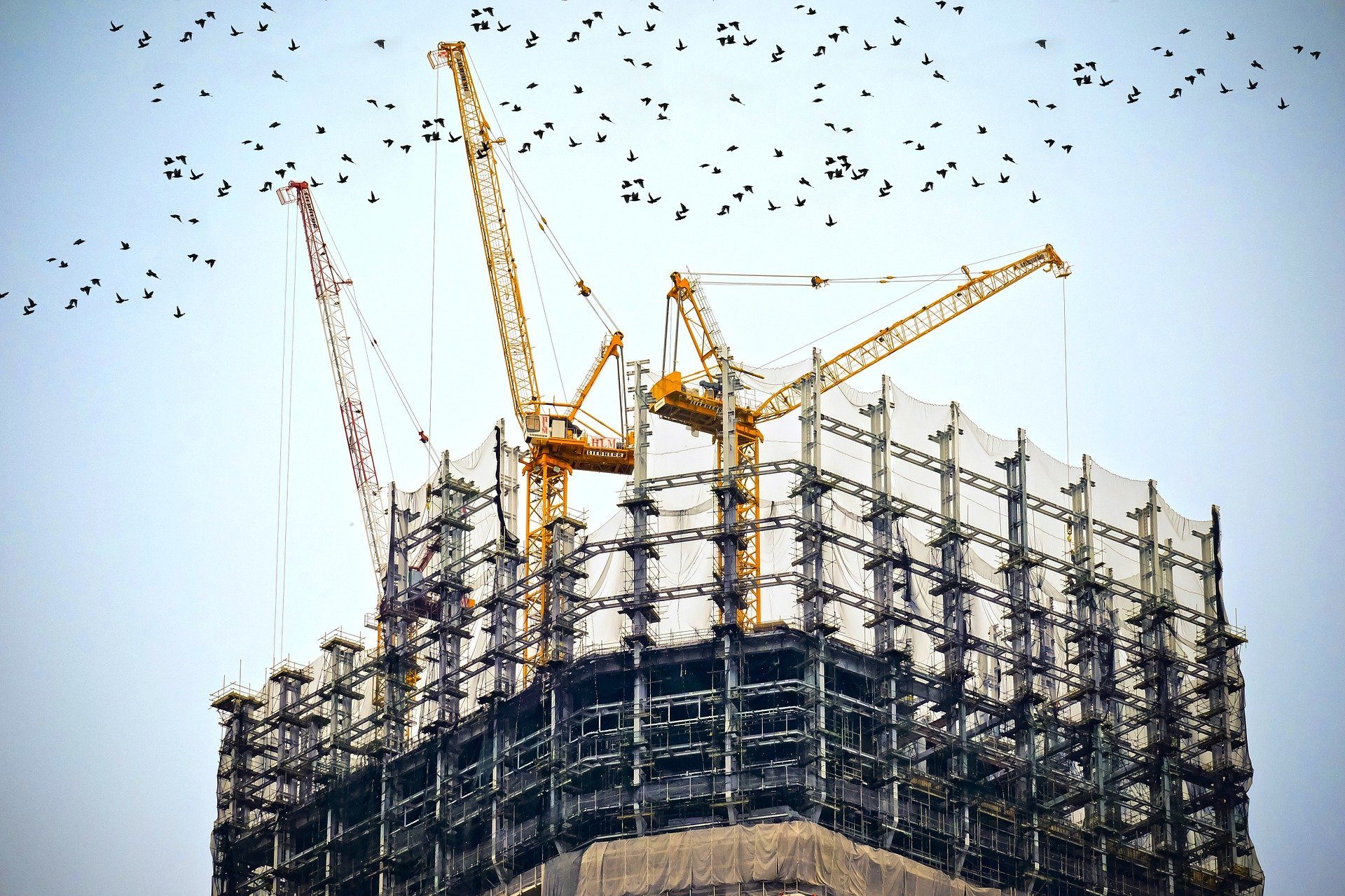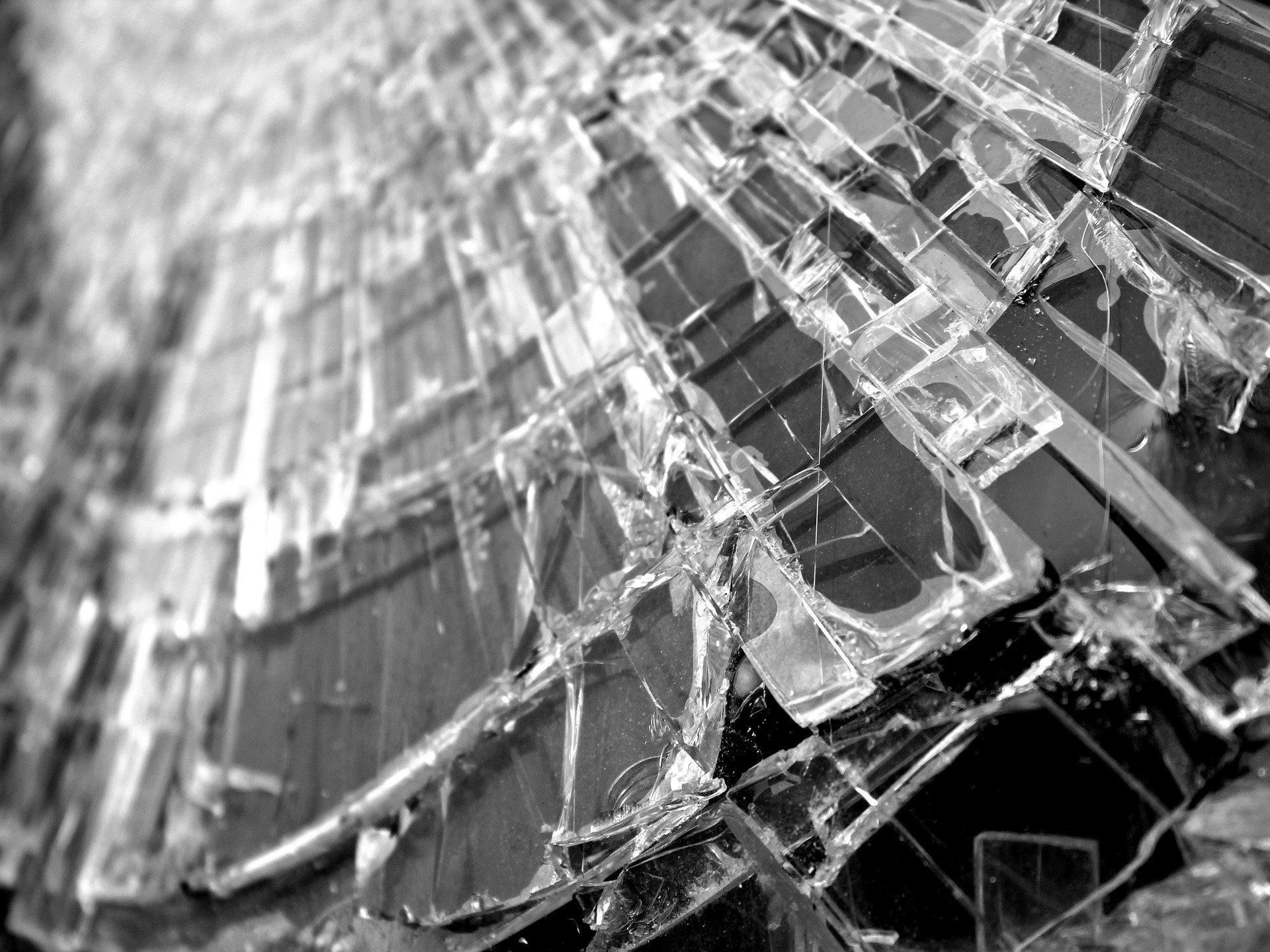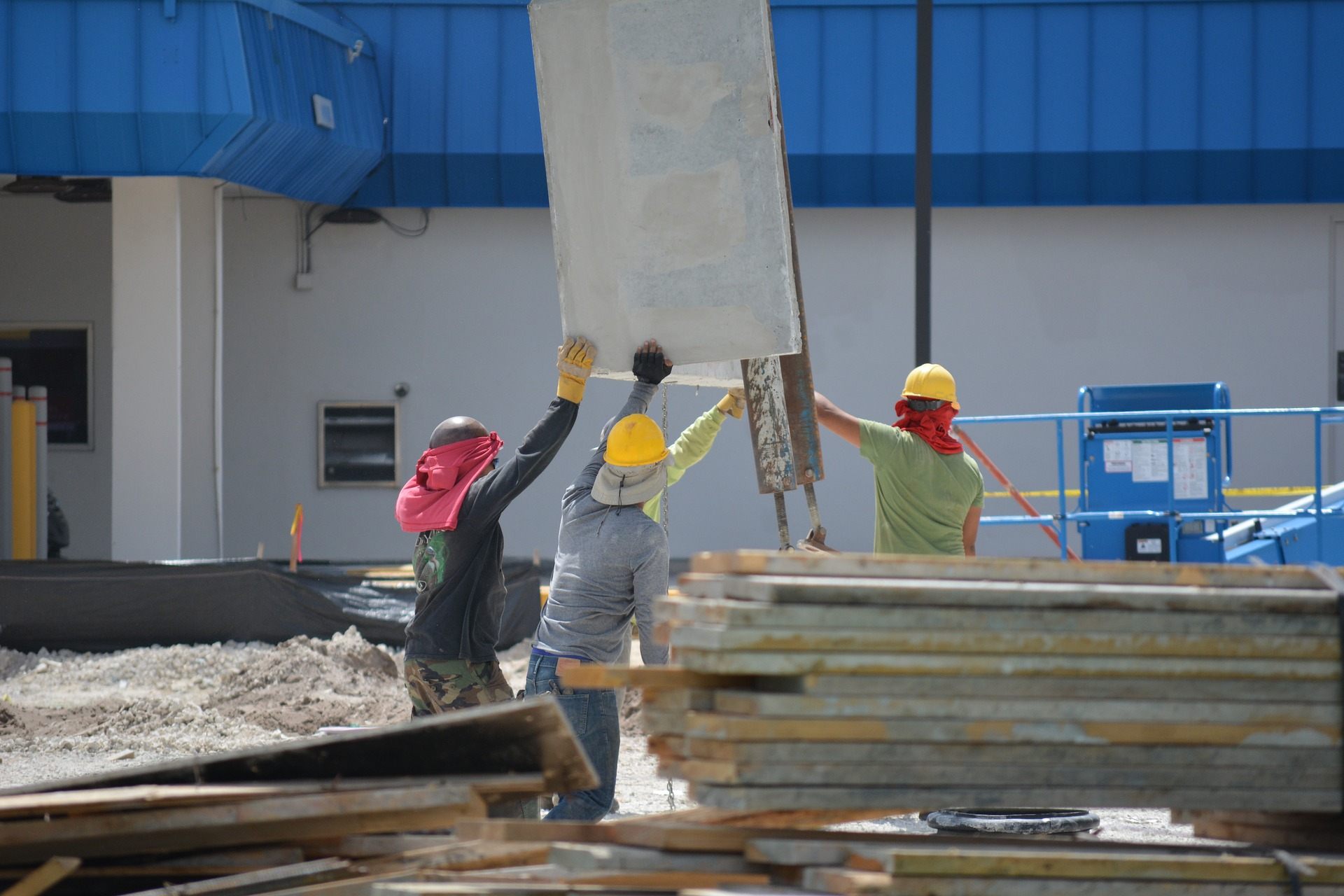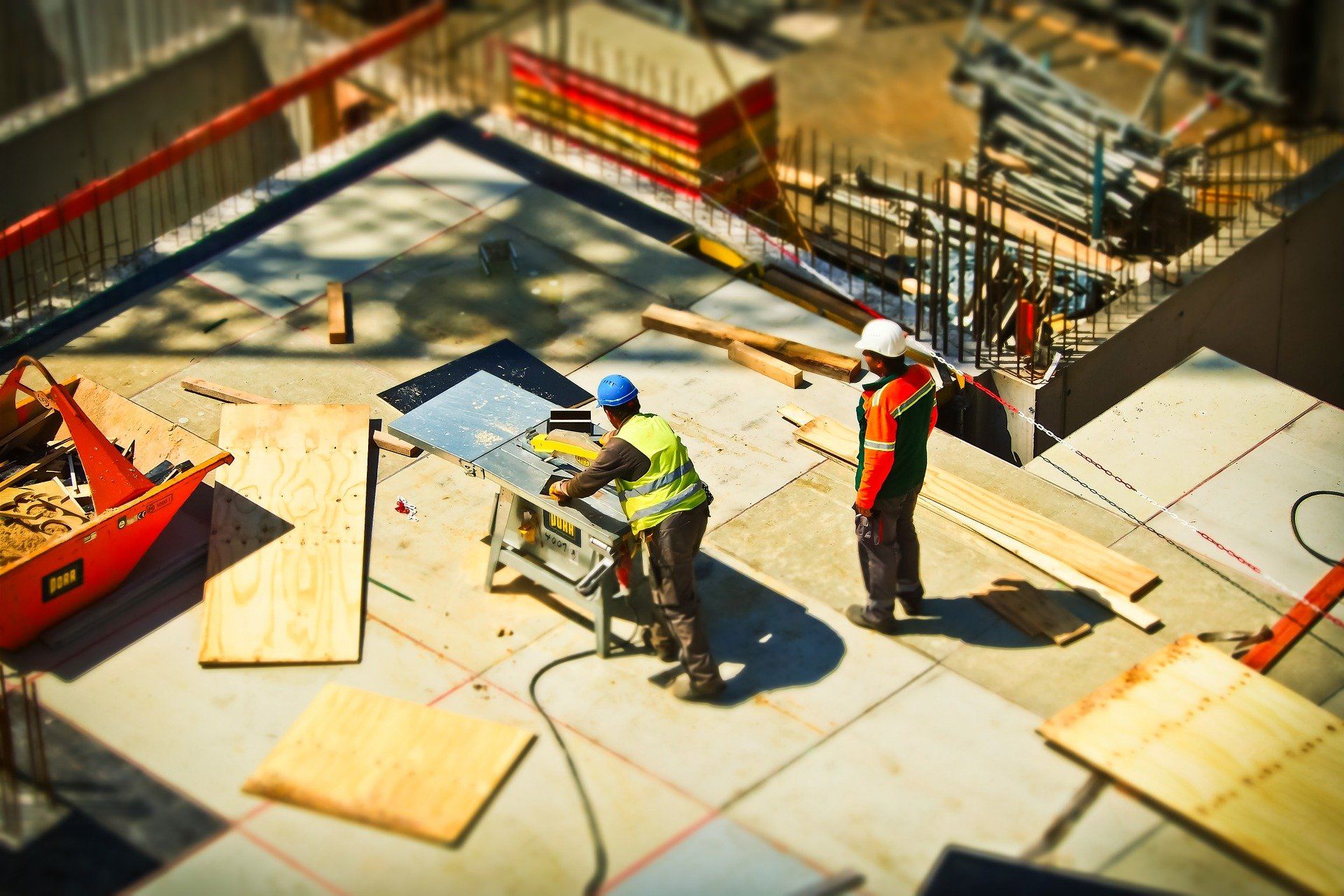What are the top 10 safety risks in construction?
Construction sites are locations where buildings are either constructed or repaired. Due to the nature of the work carried out on construction sites, there are apparent hazards that construction workers must be made aware of and protected against.
These hazards come in many shapes and sizes, from work at height to operating dangerous, heavy machinery and operating in areas where there are hazardous materials.
This article will take you through the top 10 most common health and safety risks in the construction industry you may find working on a construction site. Hopefully, by making this information open to you, you might better look out for the hazards outlined here and take steps to ensure that these hazards are avoided.
Bob Trimble is a chartered architect registered with RIBA with 30 years experience in the industry. Trimble Architects work throughout Hounslow, Twickenham, Richmond, Kingston Upon Thames, Teddington and the surrounding areas of London.
WORKING AT HEIGHT
In their 2016 report, the Health and Safety Executive (HSE) discovered that the most common cause of workplace fatalities on construction sites was falling from height. Working at height is responsible for over 25% of worker fatalities on construction sites.
Therefore it is easy to see why working at height ranks so highly on this list. Construction workers are required to undergo sufficient training when they are expected to be working at great heights.
They should be trained to know how to work on several surfaces, including scaffolding and roofs, safely. This is the best way to mitigate any construction injuries relating to working high up.

Employers are required, by law, to carry out risk assessments when there is work being carried out at great heights. They must create plans so that any work being done can be done so safely.
Employers must also ensure that their workers have received the proper training, as previously mentioned, and make sure their workers know the correct safety procedures to follow when working at height. Several precautions must be taken when any work is being carried out at height on a construction site.
The first of these is to limit the work being carried out at height. For example, if the assembly of parts is required, do this at ground level and raise it to where the work is being carried out.
You should also ensure that any safety equipment that may be useful is employed. Double-guard rails on scaffolding or safety harnesses should always be used when working at a significant height.
If a fall should happen, you should employ measures to mitigate any damage it may cause. Using safety nets is a perfect example of one way to reduce the risk of work-related deaths and accidents.
Moving objects
Given that construction sites are an ecosystem with many moving parts, they can become hazardous to health and safety. Overhead lifting equipment, delivery vehicles, excavators; all of these elements, often moving around on uneven surfaces, are hazardous.
Sufficient measures should be taken to mitigate any damage they may inflict. The onus of this mitigation falls on the workers here - rather than the employer. Ensuring that they avoid working near these hazardous objects and maintaining constant vigilance of their surroundings can help prevent being harmed by moving objects.
Additionally, ensuring that workers wear the correct Personal Protective Equipment (PPE), such as high-vis jackets, will also help to limit any harm done by moving objects on your construction site.

Slips, trips, and falls
These health and safety risks should come as no surprise to anyone who has experience working in the construction industry.
Given the ever-evolving nature of construction, often taking place on uneven surfaces, with vast amounts of material lying around, slips, trips, and falls are extremely common.
There are thousands of cases of these types of injury every year, almost all of which could have been avoided by ensuring access routes' proper maintenance. Site managers should always ensure that the site is safe to work on and that their workers can move around freely without injury.
Reporting risks and effectively managing them is the best way to resolve these issues regarding slips, trips and falls. Levelling uneven surfaces, removing obstacles and ensuring that slippery materials are removed will also help avoid these forms of accident.
Noise
Another evident and common safety risk involved in working on a construction site is excessive noise. The use of heavy machinery that produces loud or repetitive noise can cause lasting hearing damage and even deafness. In addition to the immediate danger, noise can present.
It is also a significant distraction that may lead to other secondary injuries occurring through lack of concentration. The site manager's responsibility is to create the risk assessments and ensure that anyone working alongside any noisy machinery is provided with the necessary PPE, most notably, hearing protection.
Hand-arm vibration syndrome
Hand-arm vibration syndrome, known by the acronym HAVS, is an abnormality in the hands and arms' nerves, joints, and blood vessels. Sufferers usually develop this syndrome through the manual handling and prolonged use of power tools and ground working equipment that vibrates the arms and hands for long periods.
While the damaging vibrating effects of using power tools can be mitigated, once someone develops HAVS, there is no cure. According to the Health and Safety Executive, around 2 million workers currently risk developing HAVS shortly.
This syndrome affects a worker's ability to conduct intricate or delicate work, while simple temperature changes can cause excruciating pain in the hands. Managers should ensure that their workers are provided with the necessary safety equipment to prevent them from developing HAVS.
Ensuring that any equipment used is kept in good condition can also help prevent any long term damage through their use.
Material and manual handling
Materials are constantly being transported around construction sites, whether through manual handling or via machinery.
This then poses another threat to health and safety should anything go wrong during this transportation. Therefore, it is the management's role to ensure that their workers have received the proper training to carry out this handling while on site.
If this is manual, workers should be taught the proper techniques when safely carrying this work. If the workers are using machinery, then necessary training should be provided, with regular assessments to ensure that safe operating standards are maintained.

Collapsing trenches
Another common hazard found in the construction industry is the collapsing of trenches while workers are inside. A more devastating scenario would be during demolition work, where a structurally unsound building might come down unexpectedly, crushing those working inside causing fatal injuries.
Taking action to prevent unexpected collapses before any work begins is the best measure to take when considering workers' paramount safety. The best system to employ would be to ensure that whatever tranch you require has the proper supports so that it is safe to work in.
Before the work begins in earnest, ensure that the supports are fully secure and holding the trench open safely. Finally, while the work is being carried out, regularly inspect the trench's supports to ensure that they are working correctly and keeping your workers safe.
Asbestos
There are, in fact, six separate, naturally occurring minerals that fall under the umbrella term of asbestos. These fibrous materials, once damaged, release their fibres into the air, which can cause devastatingly fatal diseases once they are inhaled, including lung cancer and asbestosis. It is estimated that around 5,000 construction workers die due to previous asbestos exposure every year.
Additionally, an estimated 500,000 buildings in the UK currently contain asbestos. Therefore, this is a grave risk to health for many construction workers throughout the country.
Again, management should provide their workers with sufficient PPE to carry out their work safely. Management should also ensure that workers know what to do when they come across materials that they believe contain asbestos.
Electricity
Electricity is also a perilous threat to workers health and safety while on construction sites. By coming into contact with live wires or conductive materials, workers are at significant risk of electrocution if adequate safety measures are not taken.
According to the HSE, around 1,000 workplace accidents involving electricity are reported every year. The vast majority of these reports involved workers coming into contact with power cables, whether overhead or underground and electrical machinery and equipment.
Electrocution can also lead to further injuries, such as falls. It is also a growing trend that unqualified workers are undertaking jobs that trained electricians should perform.
Therefore it should be ensured that only those qualified to perform electrical work do so. Those who are not qualified are safeguarded from coming into contact with electrically dangerous areas and equipment.
Airborne fibres and materials
The construction site's environment, and the work carried out there, naturally produces airborne particles and dust. This dust can often be very fine and invisible to the naked eye.
Given the commonly used materials on construction sites, this dust may also be toxic when inhaled. Inhalation of hazardous dust can lead to chronic respiratory diseases such as asthma and COPD.
Therefore it is the onus of the site manager to ensure that workers wear the correct protective equipment. It is not enough to give out this equipment, and management should make sure that it is being worn at all times.
Are you considering the safety risks in construction? If you live in Twickenham or the surrounding areas of London our RIBA registered architect can help. Contact our expert today for construction site risk assessment in London.
Architects Near Me
Are you looking for architects near me? If you are looking for RIBA local architect services in Twickenham and the surrounding areas. Trimble Architects works with clients throughout London and the surrounding areas including:
Bob Trimble is a chartered architect registered with RIBA. Bob Trimble has 30 years of experience working with residential and commercial property projects. For 4 years, Bob Trimble has worked from his housing association and private architectural practice for clients throughout Hounslow, Twickenham, Richmond, Kingston Upon Thames, Teddington and the surrounding areas of London.

